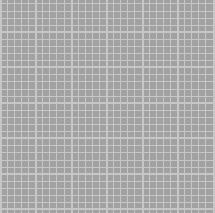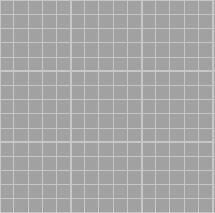There is one advantage of working in the metric mode that is
not very obvious. It has to do with the least input increment of the machine
tools in the selected input mode. The least input increment is the smallest
departure movement possible on the CNC machine. for most CNC machines,
the least input increment in the inch mode is 0.0001 in. In the metric
mode, the least input increment is 0.001 mm. When converted to the inch
mode 0.001 mm is equal to 0.00003937 in, so 0.001 mm is less than half
of 0.0001 in. This means the machine has a much finer resolution or movement
grid when you are working in the metric mode. You can target the end point
of each movement command to a more precise position when working in the
metric input system.
Metric mode

|
Inch mode

|
We are not saying that the machine is more accurate in the metric mode.
The CNC machine will perform to its quoted specifications in either mode.
In the metric mode, you can simply target your end points to a finer location.
Compare this to an indexing device mounted on the table of a VMC. If we
have a 5º indexer, we can specify angular indexes every 5º. If
we have a 1º indexer, we can specify angular index every 1º.
The 5º indexer will have only 72 positions, while the 1º indexer
will have 360 positions. With the 1º indexer, we can target angular
end points to a much finer location. However, this fact by itself does
not make the 1º indexer more accurate. In a similar way, the metric
mode will allow the possible end points along a liner axis to be more than
doubled. There will be 2.54 times the number of end points for any linear
axis in the metric mode than in the inch mode.
For a linear axis that is 10 in long, there would be 100,000 possible
end points in the inch mode. For the same linear axes, there would be 254,000
possible end points in the metric mode.